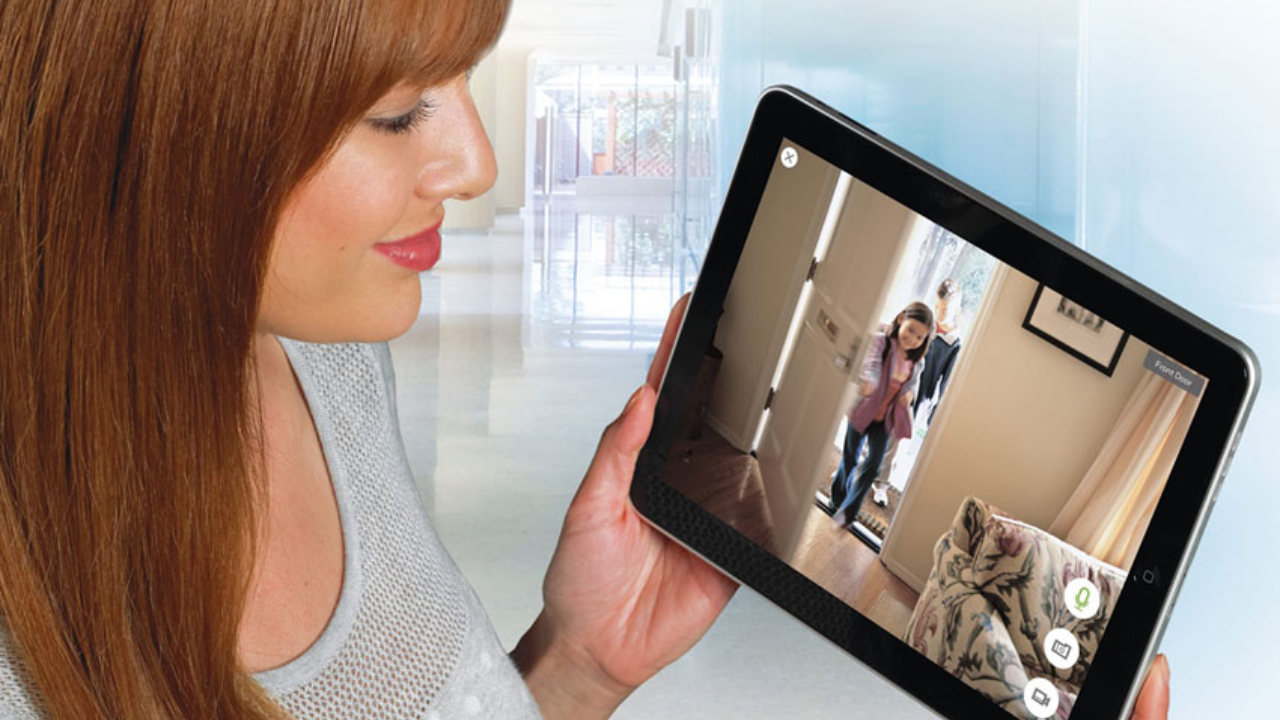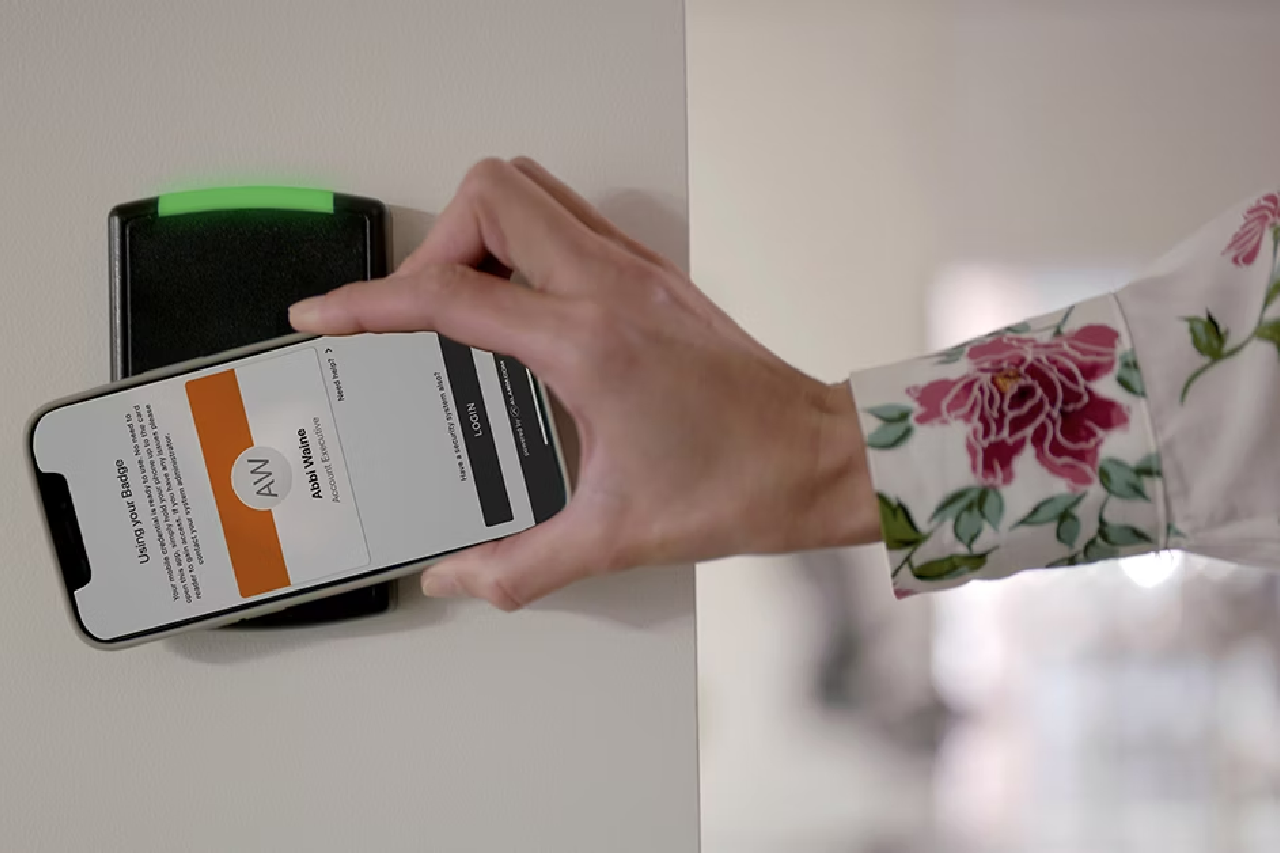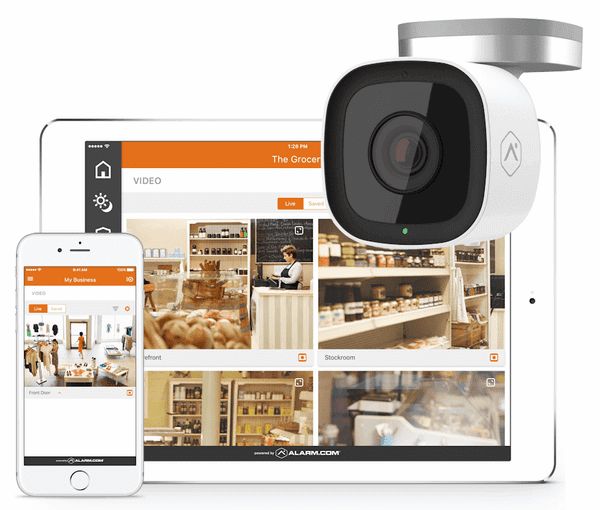Last Updated on May 29, 2024 by Alarm New England
In an age of increasing digital transformation and heightened concerns about security, businesses are continually looking to install innovative solutions to safeguard their assets, employees, and sensitive data. One technology that has gained significant traction in recent years is biometric access control. How does biometric access control work? Biometric access control leverages unique physical or behavioral traits of individuals, such as fingerprints, facial recognition, or iris patterns, to grant or deny access to secured areas. Today, we are delving into the world of biometric access control, exploring its benefits, applications, challenges, and the role it plays in enhancing workplace security.
The Rise of Biometric Access Control
The conventional methods of securing workplaces, such as using keys, ID cards, or PIN codes, have proven to be susceptible to breaches, either through theft or unauthorized sharing. In response, biometric access control systems have emerged as a sophisticated and highly secure alternative. These systems rely on the uniqueness of biological traits, making it extremely difficult for unauthorized personnel to gain access.
How Biometrics Works
Biometric access control systems utilize various biometric modalities, each with its strengths and applications:
- Fingerprint Recognition: Fingerprint scanners capture the distinctive patterns of ridges and furrows on an individual’s fingertip. Fingerprint recognition is widely adopted for its reliability and speed.
- Facial Recognition: Facial recognition technology maps the unique features of a person’s face, such as the distance between eyes, nose shape, and jawline. It is commonly used in applications like smartphones and surveillance systems.
- Iris Recognition: Iris recognition systems scan the intricate patterns within the iris of an individual’s eye, which are unique to each person and highly stable over time. This modality offers a high level of security and accuracy.
- Retina Scanning: Retina scanning goes even deeper by capturing the unique patterns of blood vessels in the back of the eye. It is considered one of the most secure biometric methods.
- Voice Recognition: Voice recognition systems analyze the unique vocal characteristics of an individual, such as pitch, tone, and speech patterns. It is often used for telephone-based authentication.
- Behavioral Biometrics: This category includes recognition based on behavioral patterns, such as typing rhythm or gait analysis. It is useful in scenarios where physical attributes are not feasible.
Benefits of Biometric Access Control
Enhanced Security
One of the most prominent advantages of biometric access control is its heightened security level. Biometric data is exceptionally difficult to forge or steal, as it is inherently tied to the individual. Unlike keys or ID cards, which can be lost or duplicated, biometric traits cannot be easily replicated. This reduces the risk of unauthorized access and potential security breaches.
Convenience and Efficiency
Biometric access control systems offer a seamless and convenient user experience. Employees no longer need to carry physical keys or cards, which can be cumbersome and easily misplaced. Instead, they can gain access effortlessly by simply presenting their unique biometric identifier, such as a fingerprint or facial scan. This streamlines entry processes and minimizes administrative overhead.
Improved Accountability
Biometric systems provide a robust audit trail, allowing businesses to track and monitor access to sensitive areas in real-time. This accountability feature can be invaluable in investigations or compliance reporting, as it helps identify who accessed specific locations and when.
Integration Capabilities
Biometric access control can be seamlessly integrated with other security systems, such as surveillance cameras and alarm systems. This holistic approach enhances overall security by enabling automatic responses to security breaches or anomalies.
Adaptability
Biometric systems can be customized to suit a wide range of business needs. Whether it’s securing a data center, controlling access to sensitive documents, or restricting entry to specific departments, biometric access control can be tailored to meet the unique requirements of each organization.
Applications of Biometric Access Control in the Workplace
Biometric access control systems have found applications across various industries and workplace environments:
Office Buildings
Office complexes often use biometric access control to regulate entry to secure areas, ensuring that only authorized personnel can access sensitive data, IT rooms, or executive suites.
Manufacturing Facilities
Manufacturing plants employ biometric access control to safeguard production lines, warehouses, and areas with valuable machinery. This prevents unauthorized access and reduces the risk of industrial espionage.
Data Centers
Data centers are critical hubs for organizations, housing servers and data storage facilities. Biometric access control is essential here to protect sensitive data from physical breaches.
Healthcare Institutions
Hospitals and healthcare facilities use biometrics to secure patient records, pharmaceutical supplies, and restricted areas like laboratories, ensuring the confidentiality of patient information.
Educational Institutions
Schools and universities utilize biometric access control to protect administrative offices, research labs, and storage areas holding valuable equipment or confidential records.
Research and Development Facilities
Biotech companies and research institutions rely on biometric access control to safeguard proprietary research, sensitive experiments, and intellectual property.
Biometric Access Control: Challenges and Considerations in the Workplace
While biometric access control offers numerous benefits, there are also challenges and considerations to bear in mind:
- Privacy Concerns
Collecting and storing biometric data raise privacy concerns, as it involves the capture of personal information. Organizations must establish stringent data protection protocols to address these concerns and comply with relevant privacy regulations.
- Cost
The initial cost of implementing biometric access control systems can be substantial. Businesses need to weigh the upfront investment against the long-term security benefits.
- Technical Challenges
Biometric systems may encounter technical challenges, such as false positives or negatives, especially in adverse environmental conditions or with certain user demographics. Regular system maintenance and updates are necessary to address these issues.
- User Acceptance
Some individuals may have reservations about sharing their biometric data, citing concerns about security or personal privacy. Effective communication and education are essential to gain user acceptance.
Biometric Access Control’s Role in the Workplace
In the realm of workplace security, biometric access control has emerged as a robust and reliable solution. By leveraging unique biological traits, such as fingerprints, facial features, or iris patterns, biometric systems provide enhanced security, convenience, and efficiency. They have applications across various industries, from office buildings to data centers, offering tailored solutions to protect assets and sensitive data. However, organizations must also navigate challenges related to privacy, cost, technical issues, and user acceptance. As technology continues to advance, biometric access control will likely play an increasingly prominent role in ensuring workplace security and peace of mind for businesses and employees alike.








